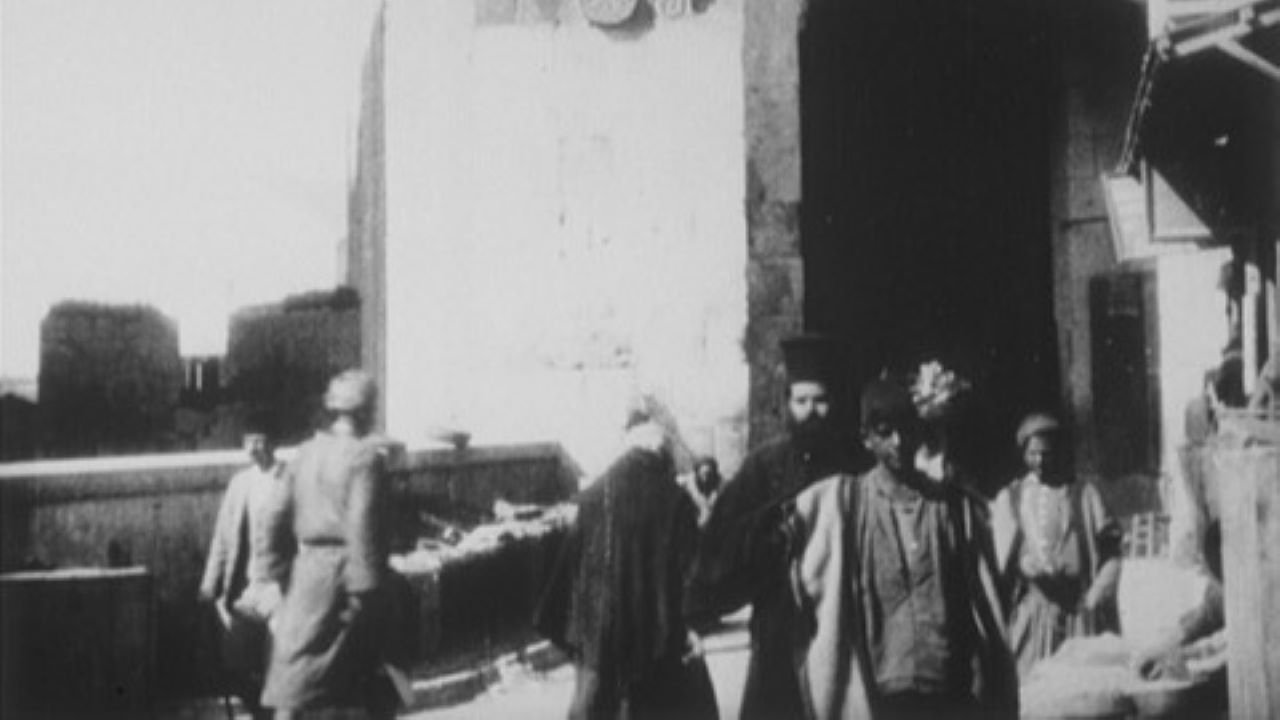

La Palestine en 1896(1897)
Lumière's documents life in Palestine.
Movie: La Palestine en 1896

La Palestine en 1896
HomePage
Overview
Lumière's documents life in Palestine.
Release Date
1897-01-01
Average
6.2
Rating:
3.1 startsTagline
Genres
Languages:
No LanguageKeywords
Recommendations Movies
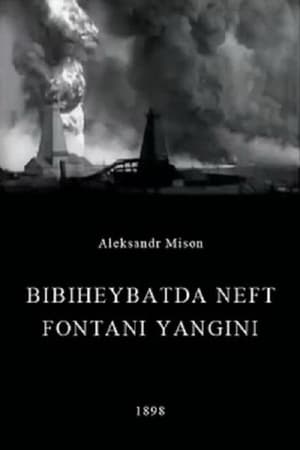 5.5
5.5Oil Gush Fire in Bibiheybat(az)
The film was filmed in Bibi-Heybat, a suburb of Baku (now the capital of Azerbaijan), during a fire at the Bibi-Heybat oil field. The film was shot on 35mm film by the Lumiere brothers in 1898. On August 2 of the same year, a demonstration of Alexander Michon's program took place, which included the film "Fire at an oil fountain in Bibiheybat".
 6.0
6.0Mantovani, the King of Strings(it)
Known for his unmistakable cascading strings and recordings such as Charmaine, Mantovani enthralled the world with his sublime arrangements. This is the story of the man and his music.
 10.0
10.0Life of a Mutt(sr)
Through seven scenes, the film follows the life and destinies of stray dogs from the margins of our society, leading us to reconsider our attitude towards them. Through the seven “wandering” characters that we follow at different ages, from birth to old age, we witness their dignified struggle for survival. At the cemetery, in an abandoned factory, in an asylum, in a landfill, in places full of sorrow, our heroes search for love and togetherness. By combining documentary material, animation and acting interpretation of the thoughts of our heroes, we get to know lives between disappointment and hope, quite similar to ours.
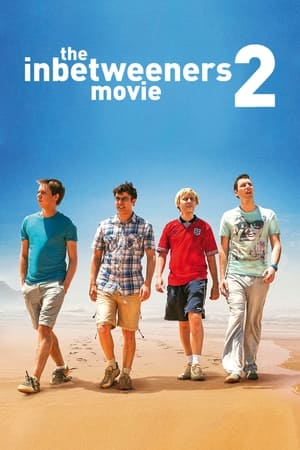 6.1
6.1The Inbetweeners 2(en)
Neil, Will and Simon receive an invite from Jay to join him in Australia whilst on his gap year, who promises them it’s ”the sex capital of the world”. With their lives now rather dull compared to their hedonistic school days and legendary lads holiday, it’s an offer they can’t refuse. Once again, they put growing up temporarily on-hold, and embark on a backpacking holiday of a lifetime in an awful car, inspired by Peter Andre’s ‘Mysterious Girl’. Will soon finds himself battling with the lads to do something cultural, whilst they focus their attention on drinking, girls, and annoying fellow travelers.
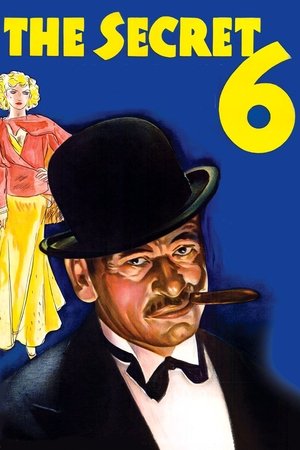 5.8
5.8The Secret Six(en)
Bootlegger/cafe owner, Johnny Franks recruits crude working man Scorpio to join his gang, masterminded by crooked criminal defense lawyer Newton. Scorpio eventually takes over Frank's operation, beats a rival gang, becomes wealthy, and dominates the city for several years until a secret group of six masked businessmen have him prosecuted and sent to the electric chair.
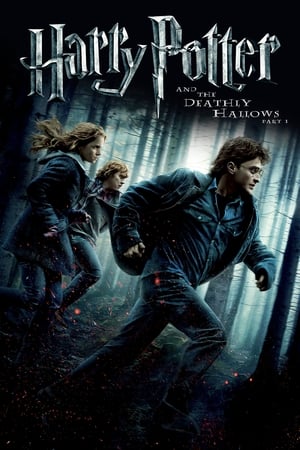 7.7
7.7Harry Potter and the Deathly Hallows: Part 1(en)
Harry, Ron and Hermione walk away from their last year at Hogwarts to find and destroy the remaining Horcruxes, putting an end to Voldemort's bid for immortality. But with Harry's beloved Dumbledore dead and Voldemort's unscrupulous Death Eaters on the loose, the world is more dangerous than ever.
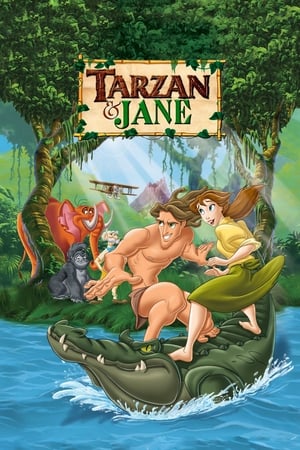 6.0
6.0Tarzan & Jane(en)
With the first anniversary of her wedding to Tarzan beckoning, Jane ponders how to make it the perfect English celebration.
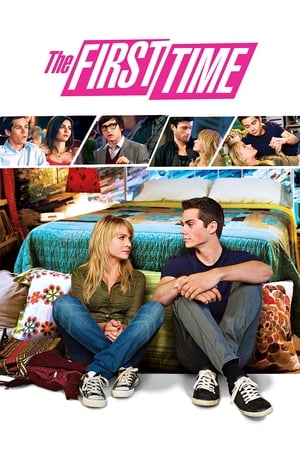 7.0
7.0The First Time(en)
A spark of attraction smolders, then ignites, between two teens (Dylan O'Brien, Britt Robertson) from different high schools who meet by chance at a party.
 6.3
6.3Meu Passado Me Condena 2: O Filme(pt)
The life of Fabio and Miá falls into the rut when differences, which are not few, need to be faced. After Fábio forget the third wedding anniversary, Miá decides to ask for a time in the relationship. When Fábio's grandfather, who lives in Portugal, tells him that he was a widower, he sees on this trip to the funeral an opportunity to save his marriage.
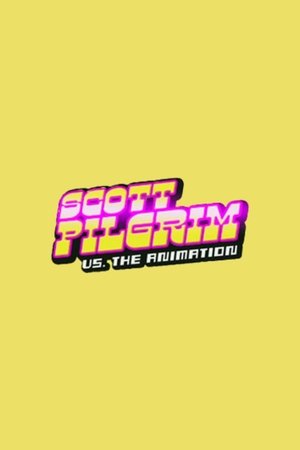 7.1
7.1Scott Pilgrim vs. the Animation(en)
Scott Pilgrim vs. The Animation is an animated short based on Bryan Lee O'Malley's "Scott Pilgrim" franchise.
 6.6
6.6Pirates of the Caribbean: On Stranger Tides(en)
Captain Jack Sparrow crosses paths with a woman from his past, and he's not sure if it's love — or if she's a ruthless con artist who's using him to find the fabled Fountain of Youth. When she forces him aboard the Queen Anne's Revenge, the ship of the formidable pirate Blackbeard, Jack finds himself on an unexpected adventure in which he doesn't know who to fear more: Blackbeard or the woman from his past.
 6.4
6.4Men, Women & Children(en)
Follows the story of a group of high school teenagers and their parents as they attempt to navigate the many ways the internet has changed their relationships, their communication, their self-image, and their love lives.
 3.3
3.3Cold Hard Cash(en)
Watch what happens when two beautiful bad girls with no option are put in a desperate situation.
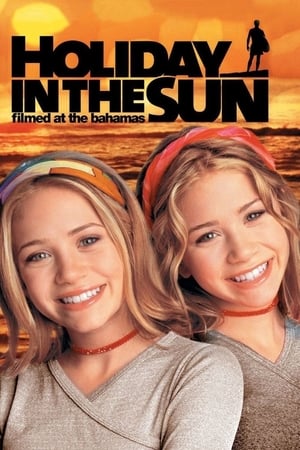 6.0
6.0Holiday in the Sun(en)
Sisters Alex and Madison are whisked away to the Bahamas for winter break but soon find themselves crossing paths with a man smuggling stolen artifacts.
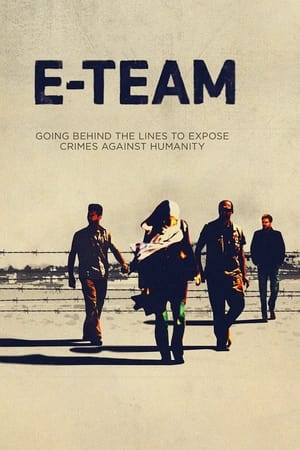 6.0
6.0E-Team(en)
E-Team is driven by the high-stakes investigative work of four intrepid human rights workers, offering a rare look at their lives at home and their dramatic work in the field.
 3.7
3.7Just 4 Kicks(en)
A stranger tries to help twin brothers who play for a winless soccer team.
 6.7
6.7Zulu(en)
As a child, Ali Neuman narrowly escaped being murdered by Inkhata, a militant political party at war with Nelson Mandela's African National Congress. Only he and his mother survived the carnage of those years. But as with many survivors, the psychological scars remain.
Make me the Next Model Too(en)
Make me the Next Model Too is a model competition
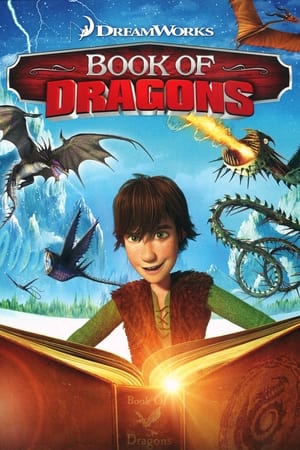 6.8
6.8Book of Dragons(en)
So you want to be a dragon trainer do you? Prepare yourself for adventure, excitement and training as Hiccup, Astrid, Toothless and Gobber tell the legend behind the Book of Dragons and reveal insider training secrets about new, never-before-seen dragons.
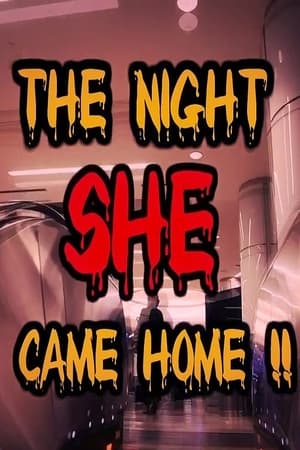 9.6
9.6The Night She Came Home!!(en)
A short documentary, done by John Marsh and Kelly Curtis, explores Curtis’ relationship to the Halloween franchise. Called “The Night She Came Home”, this featurette follows her as she attends a HorrorHound sponsored signing in 2012 meant to raise money for charity.
Similar Movies
 7.5
7.5Berlin: Symphony of a Great City(de)
A day in the city of Berlin, which experienced an industrial boom in the 1920s, and still provides an insight into the living and working conditions at that time. Germany had just recovered a little from the worst consequences of the First World War, the great economic crisis was still a few years away and Hitler was not yet an issue at the time.
 4.7
4.7Railway Station(pl)
Kieslowski’s later film Dworzec (Station, 1980) portrays the atmosphere at Central Station in Warsaw after the rush hour.
 7.1
7.1The Arrival of a Train at La Ciotat(fr)
A group of people are standing along the platform of a railway station in La Ciotat, waiting for a train. One is seen coming, at some distance, and eventually stops at the platform. Doors of the railway-cars open and attendants help passengers off and on. Popular legend has it that, when this film was shown, the first-night audience fled the café in terror, fearing being run over by the "approaching" train. This legend has since been identified as promotional embellishment, though there is evidence to suggest that people were astounded at the capabilities of the Lumières' cinématographe.
 7.1
7.1Nanook of the North(en)
This pioneering documentary film depicts the lives of the indigenous Inuit people of Canada's northern Quebec region. Although the production contains some fictional elements, it vividly shows how its resourceful subjects survive in such a harsh climate, revealing how they construct their igloo homes and find food by hunting and fishing. The film also captures the beautiful, if unforgiving, frozen landscape of the Great White North, far removed from conventional civilization.
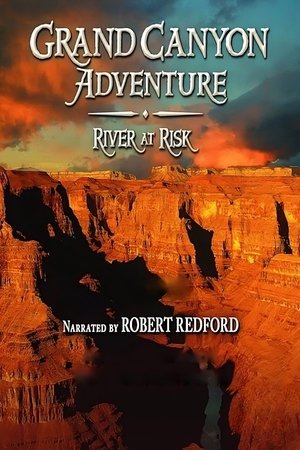 5.5
5.5Grand Canyon Adventure: River at Risk(en)
A documentary about a 15-day river-rafting trip on the Colorado River aimed at highlighting water conservation issues.
 7.0
7.0Straight Up: Helicopters in Action(en)
Straight Up: Helicopters in Action will take audiences on a series of aerial adventures. Fly along with skilled helicopter crews as they carry out sea and mountain rescues, apprehend drug smugglers, repair high voltage lines, save endangered animals, deliver humanitarian aid, and undertake a reconnaissance mission. Learn how helicopters are flown.
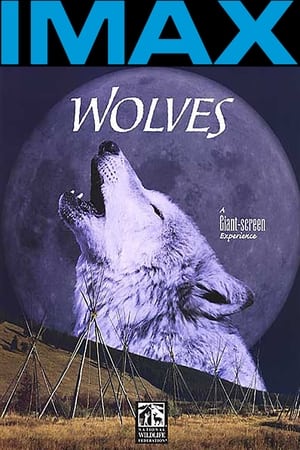 6.3
6.3Wolves(en)
A look at the great wolf debate with comments and views from people on both sides. It also contains footage of Natives dressing up & doing tribal dances. The link between wolves, bison, and Native Americans; as well as white man's reasoning behind their determination to eliminate bison and wolves from the landscape.
The Dawn of Sound: How Movies Learned to Talk(en)
Film historians, and survivors from the nearly 30-year struggle to bring sound to motion pictures take the audience from the early failed attempts by scientists and inventors, to the triumph of the talkies.
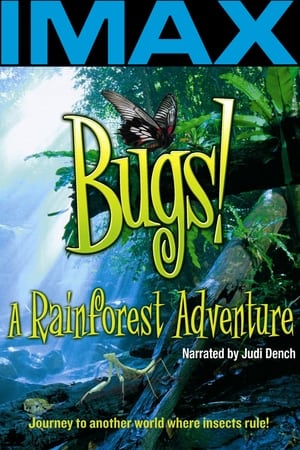 6.2
6.2Bugs!(en)
Explore the extraordinary hidden world of insects, where a leaf weighs more than a car, rain drops feel like exploding hand grenades and a blade of grass soars like a skyscraper. Shot on location in the Borneo rainforest, Bugs! brings the beautiful and dangerous universe of its tiny stars up close and personal with cutting-edge technology that magnifies them up to 250,000 times their normal size.
 5.8
5.8Hurricane on the Bayou(en)
The film "Hurricane on the Bayou" is about the wetlands of Louisiana before and after Hurricane Katrina.
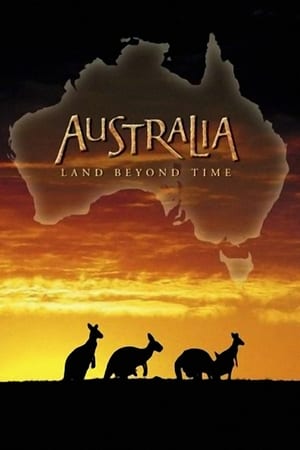 7.6
7.6Australia: Land Beyond Time(en)
Australia: Land Beyond Time takes viewers on a breathtaking journey back in time to witness the birth and evolution of a mysterious land that harbors remnants of Earth's earliest life and many of it's strangest creatures that exist nowhere else on the planet.
Let's Talk Turkey(en)
It's Thanksgiving. Newlywed husband Abner Poodlebean faces the turkey his wife has prepared: she wants him to carve it at the table in front of her scowling family, and Abner has no idea how to proceed. The film's narrator has us cut away to the kitchen of chef M.O. Cullen who demonstrates the proper way to carve the bird, spoon out the stuffing, and lay out the platter. Back to Abner, who's missed Cullen's lesson, so he makes a fine mess. Can this marriage survive?
 7.1
7.1Legends of Flight(en)
A film that will not only delight and entertain the aviation enthusiast but also educate and inspired renewed interest in aviation by the traveling public.
 6.4
6.4Passage of Venus(fr)
Photo sequence of the rare transit of Venus over the face of the Sun, one of the first chronophotographic sequences. In 1873, P.J.C. Janssen, or Pierre Jules César Janssen, invented the Photographic Revolver, which captured a series of images in a row. The device, automatic, produced images in a row without human intervention, being used to serve as photographic evidence of the passage of Venus before the Sun, in 1874.
The Screen Director(en)
A documentary short film depicting the work of the motion picture director. An anonymous director is shown preparing the various aspects of a film for production, meeting with the writer and producer, approving wardrobe and set design, rehearsing scenes with the actors and camera crew, shooting the scenes, watching dailies, working with the editor and composer, and attending the first preview. Then a number of real directors are shown in archive footage (as well as a predominance of staged 'archive' footage) working with actors and crew.
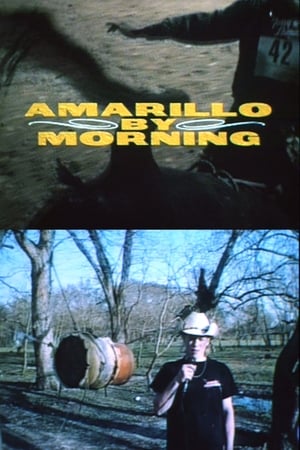 6.0
6.0Amarillo By Morning(en)
While filming professional bullriders for a commercial at the national rodeo in Houston, Texas, Spike Jonze befriended two suburban teenagers who aspired to be cowboys. The documentary chronicles an afternoon in their lives.
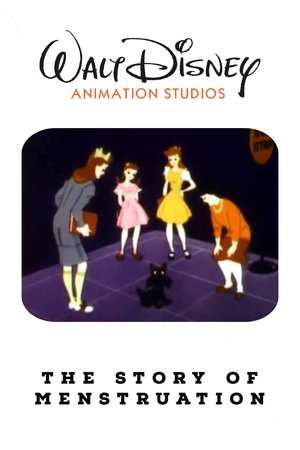 5.5
5.5The Story of Menstruation(en)
A basic explanation of the purpose and process of menstruation, told largely with diagrams.
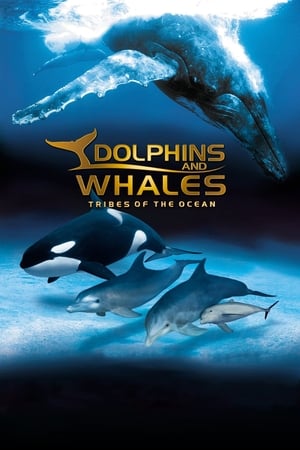 6.5
6.5IMAX Dolphins and Whales: Tribes of the Ocean(en)
This documentary goes to coral reefs of the Bahamas and the waters of the Kingdom of Tonga for a close encounter with the surviving tribes of the ocean: wild dolphins and belugas, the love of a Humpback mother for her newborn calf, the singing Humpback males, an orca the mighty King of the ocean, and the gentle manatee. Little-known aspects of these creatures capable of sophisticated communication and social interaction. Documents the life of these graceful, majestic yet endangered sea creatures
 4.8
4.8India: Kingdom of the Tiger(en)
Journey across India, a breath taking land shaped by a myriad of cultures, customs and traditions. Come face to face with the Bengal Tiger and explore the work of this majestic creature with stunning clarity. Soar over blue-hazed Himalayan peaks and sweep down towards the thundering Indian Ocean as we celebrate the power and beauty of India's greatest ambassador - the mighty Bengal Tiger.
 6.8
6.8Chang: A Drama of the Wilderness(en)
Elephants disrupt the lives of a family deep in the jungles of Northern Siam, and an entire village.